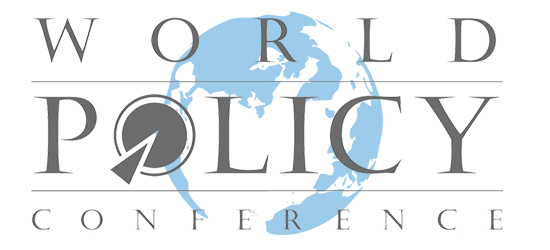ARTICLE – The White House’s Covid Winter Preparedness Plan is a missed opportunity to narrow the divide between Americans. The plan contains important elements to mitigate the anticipated seasonal surge of Covid-19. But it sidesteps the emerging evidence base and President Biden’s pledge to “follow the science.”
The current “later Omicron” endemic phase, which began with the rise of the more communicable and less virulent BA.4 and BA.5 subvariants in May 2022, strongly supports a new unifying reality that combines sound science and good politics. Instead of going to great lengths to avoid exposure, most Americans should adapt to inescapable exposure and infection as they learn to live with the virus. This paradigm shift confronts the central public health “avoid exposure” dogma of the pandemic, which was once necessary but has now served its purpose. A new “accept exposure, live with the virus” paradigm should form the foundation of the administration’s Covid strategy. This will also resonate with a majority of Americans of all political persuasions and bring us closer together — or at least not further widen the breach.
The Covid Winter Preparedness Plan advises contradictory goals: that Americans can return to normal and at the same time stay safe by avoiding exposure to SARS-CoV-2, the virus that causes Covid-19. It recommends that all Americans develop a personal Covid plan based on guidelines from the Centers for Disease Control and Prevention, a laundry list of when and how to avoid the virus through testing, isolation, informing contacts, and other measures. Americans are also advised to keep track of their Covid-19 Community Level to guide their vigilance and precautions.
This obsolete “avoid exposure for all” mantra is also the basis for the CDC’s requirement that air passengers from China entering the U.S. have a negative test for SARS-CoV-2. It reflects the fortress mentality that fostered the origin of the recent massive outbreak in China. The order’s rationale, to “decrease the chance of [importation] of a new viral variant,” is not a sound policy guidepost in the current global setting of unmitigable high transmission, high mutation rate, and unknown population susceptibility. These factors overwhelm the model that calculates the probability that a novel variant will emerge. Proactive caution and vigilance — which translates to avoiding exposure — will do little to affect the probability of emergence of new escape variants of concern. With SARS-CoV-2, the virus-host interaction is a force of nature that cannot be contained — though the risk can be managed through robust genomic surveillance of SARS-CoV-2, intensified development of antiviral drugs, and a rapid-response capability centered around accelerated mRNA vaccine development with scaled production and access.
For three long years, the U.S.’s pandemic response has been caught in the culture war crosshairs. This is reflected in recent polling, in which nearly half Americans said they have returned to their pre-Covid lives, while one-third believe doing that is more than a year away — or never. These two different pandemic views are largely defined by party affiliation. More than three times as many Republicans (59%) as Democrats (17%) believe the pandemic is over.
With the mid-2022 emergence of the later-Omicron endemic stage, a new virus-imposed reality can bridge this divide for most Americans who are not at high risk for serious disease: You can and will be exposed to SARS-CoV-2, and it’s a risk comparable to other familiar health hazards — vaccine-preventable ones (influenza, measles, mumps, and the like) or not (RSV and the common cold) — that people have already integrated into their daily lives. Sooner or later, individuals espousing the “avoid exposure” approach and public health policy will need to accommodate this shift if the country is to fully get back to its robust and dynamic pre-pandemic footing.
To be clear, this kind of new normal excludes high-risk people: individuals age 65 and older and those who are immunocompromised or living with one or more chronic conditions. They should be protected from exposure through both personal action and public policy.
In the current stage of the Covid-19 pandemic, we see four seismic changes in both the virus and its human hosts that argue for a reset of the old dogma.
First, Omicron is about one-tenth the severity of the prior Delta variant: infection fatality rates for Covid are now lower than for seasonal influenza for people who are not at high risk.
[…]
Read the entire article written by Christian Bréchot on Statnews.

